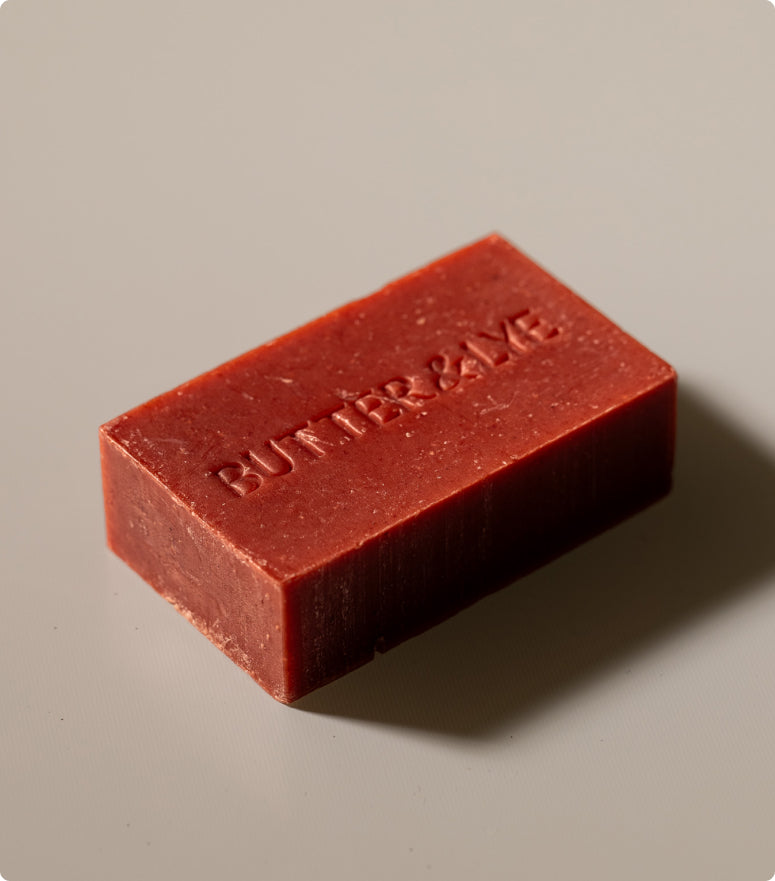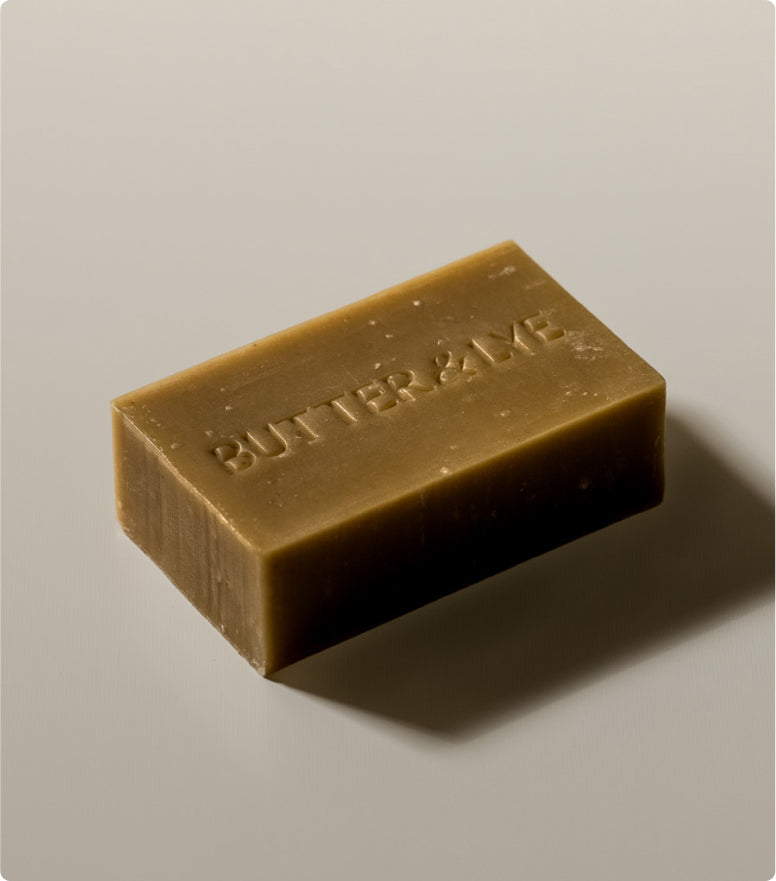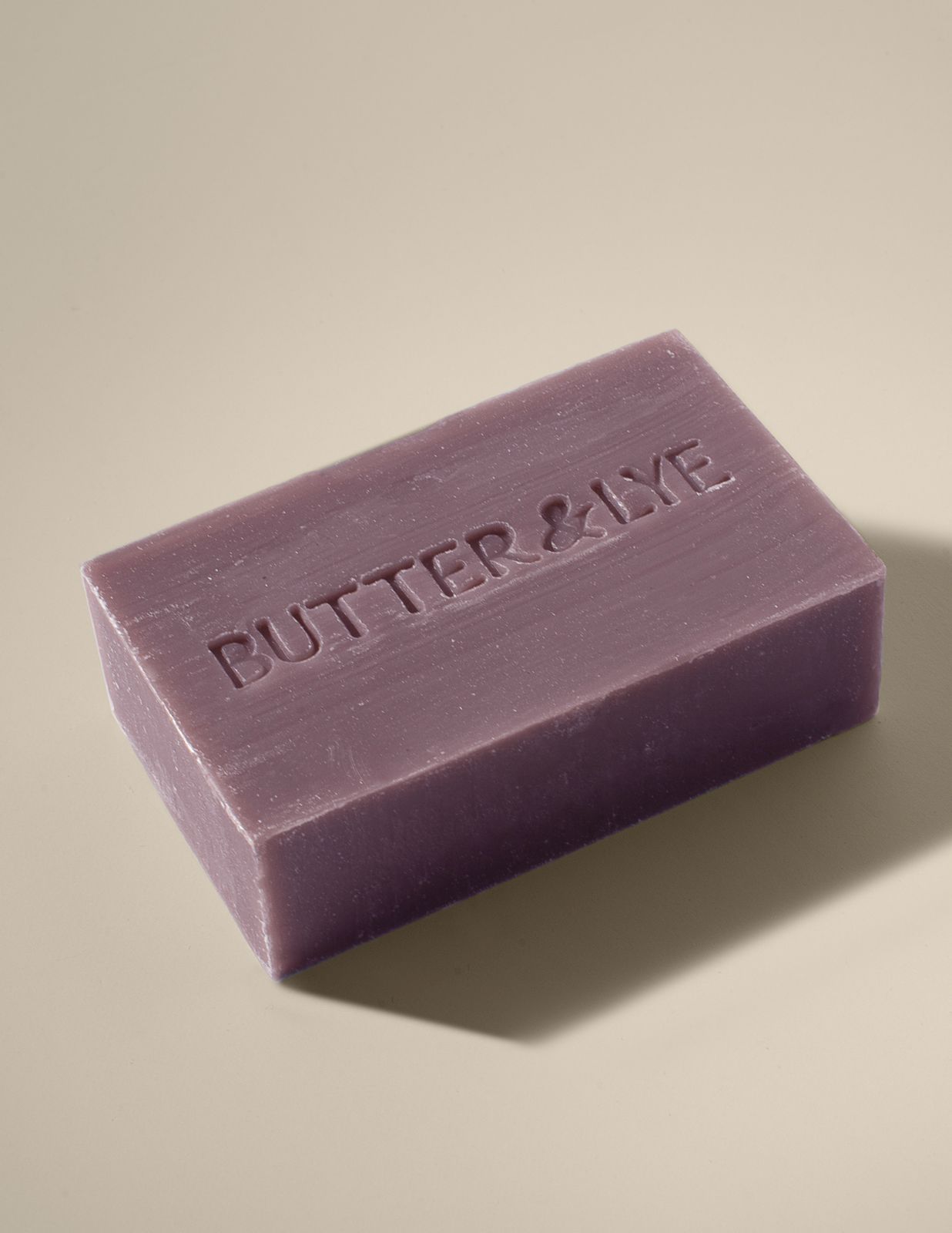Soap is something most of us use every single day, yet few people stop to think about how it actually works.
You lather, rinse, and feel clean, but what’s happening on your skin in that moment? The answer is simple, and once you understand it, choosing the right soap makes a lot more sense.
Soap connects oil and water
Your skin collects oil, sweat, and dirt during the day. Water alone can’t remove oil because the two don’t mix. Soap solves this problem.
Each soap molecule has two sides. One side is attracted to water, the other side is attracted to oil. When you wash, the oil-loving side attaches to dirt and oils on your skin, while the water-loving side helps lift it all away when you rinse.
Why natural soap feels gentler
Conventional soaps and body washes often use synthetic detergents, like sulfates, to break down oils. These work, but they can strip your skin’s natural barrier in the process. Natural soaps rely on plant oils and butters that clean effectively without going too far. Ingredients like olive oil, shea butter, and avocado oil help remove impurities while also nourishing your skin.
Fragrance is another common skin irritant- learn more here.
What lather really means
Many people think the more foam, the cleaner they’ll feel. The truth is, bubbles don’t measure cleaning power. Lather comes from the combination of ingredients in the soap. A creamy, smaller-bubble lather can actually be better for sensitive skin than big, fluffy bubbles.
Why it matters
When you understand how soap works, you start to see why ingredients matter. The goal isn’t just to wash away dirt, but to do it in a way that keeps your skin balanced and healthy.
At Butter & Lye, our soaps are made with simple, plant-based ingredients that work with your skin, not against it. Every bar cleans the way nature intended.
👉 Ready to discover your new skincare routine? Browse Butter & Lye soaps and find your match.




